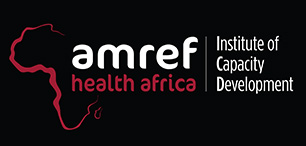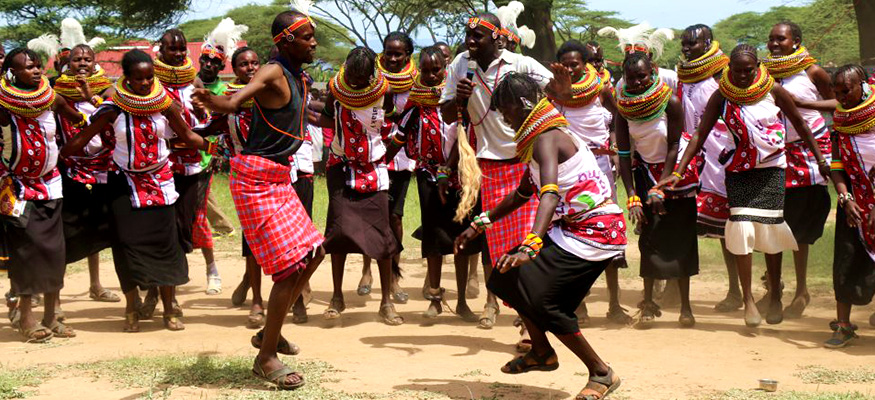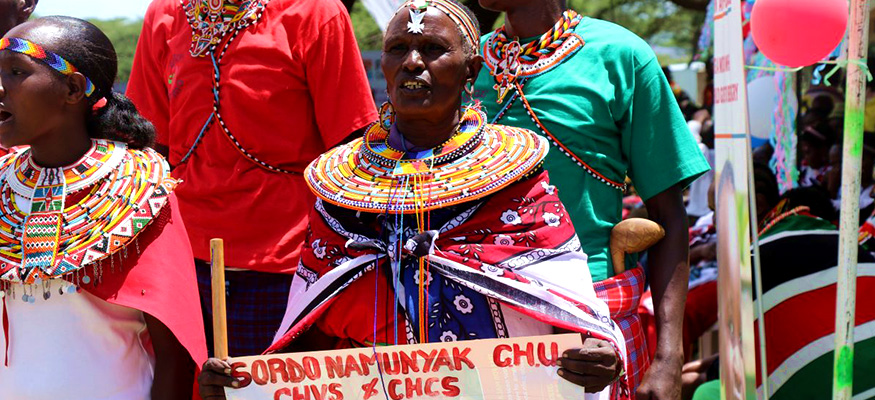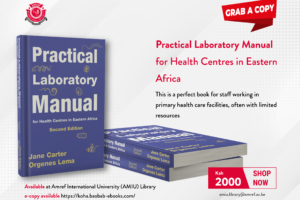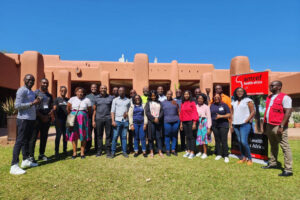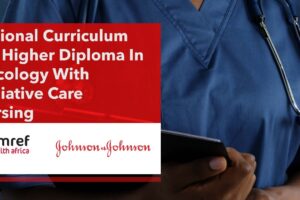Uzazi Salama commemorates Mother’s Day in Samburu
Samburu County First Lady Lily Lenolkulal led women in the county in commemorating Mother’s Day on 14 May 2018 in Wamba, Samburu County, Kenya. Several members of the county government were also present in the event that was facilitated by Amref Health Africa’s Institute of Capacity Development, Amref Health Africa in Kenya, and PharmAccess Organization, through the Uzazi Salama project.
Reduced Child Mortality
“I am grateful to all the partners of the Uzazi Salama project who have ensured that maternal and child morbidity indicators in the county have reduced,” noted the county’s First Lady. “I am particularly impressed by the mother-baby packs that have worked as incentives for mothers to come deliver in hospital; the capacity building of health care workers in the county that gives them much-needed skills for proper service delivery; the transport voucher that ensures mothers get to the facility despite the far distances they have to travel; the provision of equipment in our facilities; and the community education that has created demand and increased health-seeking behaviour amongst my people,” she stated. The First Lady also stated that due to partner efforts, skilled delivery in the county had increased by approximately 12%. Her sentiments were echoed by the acting Minister of Health, Samburu County, Dorcas Lekisanyal, who categorically appreciated the Uzazi Salama project donor, M-Pesa Foundation, for investing in women’s health in Samburu.
Achievements Made So Far
Mother-to-Mother and Father-to-Father support groups, which have been formed through the project, gave various presentations on what they have learned about reproductive, maternal, neonatal and child health. “Through the Marti Community Unit, we have learned how to breastfeed and eat well when pregnant. We now understand why some of our children are stunted, and how proper nutrition can prevent this,” stated Josephine Ekiru, a Community Health Volunteer (CHV) from Marti, Samburu North. The CHVs also presented songs, dance, and skits to the guests.
“As partners, Uzazi Salama is proud of the achievements recorded so far. We urge the county to take up where we will have left come September when the project ends. We have involved the county, especially the office of the Minister of Health, in the project. Own it, and further it to continue lowering the maternal and child morbidity rates in the county,” added Fredrick Majiwa, from Amref Health Africa in Kenya, speaking on behalf of the Uzazi Salama partnership. In response to Mr Majiwa’s request, the county First Lady promised to scale up health investments in the county in the near future.
About Uzazi Salama
Uzazi Salama is a maternal and child health project implemented in Samburu County, Kenya. The M-PESA Foundation has committed funding support for this holistic programme aimed at improving health outcomes for mothers and neonates. The programme entails activities in four key areas: improving health service delivery infrastructure; capacity building of health workers; enhancing community based information and education; and health care financing. The use of technology in all of the four elements of the programme is a critical element for consideration for both online and off-line solutions. After a successful pilot conducted in 2 areas of Samburu Central sub-county (Suguta Mar Mar and Barsaloi) from June 2013 to September 2014, the M-PESA Foundation extended funding to roll-out these interventions to the rest of the County in the next 3 years. The main goal of the Phase II project is to significantly decrease maternal and newborn health morbidity and mortality rates in the whole of the Samburu County. The project is implemented by PharmAccess Organization, Amref Health Africa’s Institute of Capacity Development and Amref Health Africa in Kenya.
